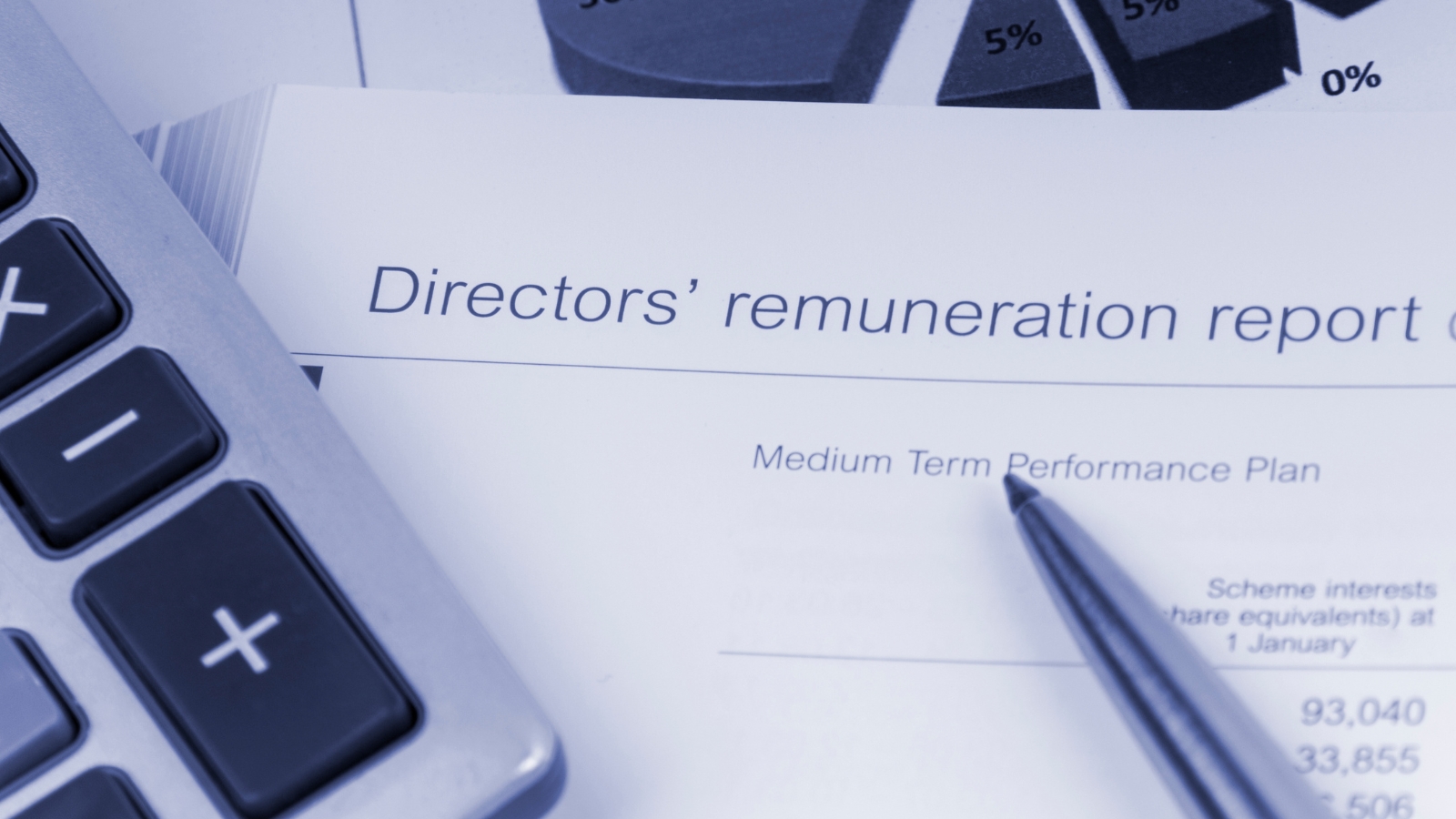R&D Tax Credits
R&D tax credit schemes are designed to incentivise and support companies to invest in innovative projects involving science and technology to support growth and innovation in the UK economy. Tax relief based on a company’s qualifying R&D expenditure is given by either reducing a company’s corporation tax liability or by making a cash payment to the company (i.e. an R&D tax credit).
Up to 1 April 2024, there were three schemes:
- The SME scheme (small and medium sized companies)
- The RDEC scheme (large companies or SME’s with grant funding)
- The SME intensive scheme (for loss making SMEs with a high R&D spend only)
From the 1 April 2024 the SME and RDEC schemes have been merged into one scheme and the R&D intensive scheme continues.
Merged scheme
The merged scheme has an R&D tax credit rate of 20%, the same as for the discontinued RDEC scheme.
It was introduced to improve and simplify the R&D process by utilising a single set of qualifying rules for R&D claims.
SME intensive scheme
The SME intensive scheme applies to loss-making SMEs for which 30% or more of their total expenditure is on qualifying R&D activities.
This also applies to all companies within the group, so can become quite complex. The SME intensive scheme has an R&D tax credit rate of 27%.
R&D compliance
Understanding what constitutes as R&D and understanding the rules for making a valid claim are complex. Genuine mistakes, in calculations, misunderstandings of the rules, including none qualifying costs in R&D projects can easily occur.
The ‘Competent Professional’s’ (often employed by the company undertaking the R&D) and their technical assessments of the R&D undertaken is an essential aspect of the R&D compliance. The R&D is normally highly technical and describing the scientific and/or technological advances related to the defined uncertainties overcome – in a format that HMRC may be able to comprehend, is challenging.
What projects qualify for R&D
There are several main aspects for a project if it is to be considered for R&D.
The project must:
- Seek to make an appreciable advance in science or technology.
- Seek to overcome scientific and/or technological uncertainties.
- Involve a competent professional.
What activities do not qualify for R&D
The following activities do not qualify for R&D and therefore, you cannot claim if the advance is in:
- The arts
- Humanities
- Social sciences, including economics
The types of activities where claims which are rarely eligible for R&D include the following:
- Care homes
- Childcare providers
- Personal trainers
- Wholesalers and retailers
- Pubs
- Restaurants
It is very unlikely you will be eligible if your activity:
- Will not be recognised as a scientific or technological innovation
- Has already been conducted or is currently being conducted elsewhere
How Dafferns can help
The advice we provide is tailored to your individual needs.
Many companies that are entitled to R&D tax relief, do not claim it either through lack of awareness or because it seems to complex or inappropriate to their business. R&D tax relief is not just for traditional scientific research. It is also for development work in design and engineering. The R&D undertaken does not have to have been successful to qualify and you can also include work undertaken for a client as well as your own projects.
For those claiming R&D for first-time claimants or for companies whose last claim over three years ago, HMRC will need to be informed of the intention to make a claim. This is in addition to the AIF (additional information form) that has been a requirement for all claims submitted since the 8 August 2023.
To be eligible for R&D tax credits, the company must be:
- Registered for corporation tax in the UK.
- A going concern at the time of submission.
In addition to the above, the costs relating to the R&D must be settled in the accounting period of the claim. Add at least at least one qualifying project to the above requirements and you’ve made a start on the road to an R&D claim.
The types of costs that can be included in a qualifying R&D claim are:
- Staff costs (gross pay, employer’s NI and employer’s pension contributions)
- Agency workers (externally provided workers)
- Subcontractors and freelancers
- Software license costs
- Consumable items (materials and equipment used) and heat, light and power
- Prototyping and testing
- Clinical trials
- Independent research costs





































